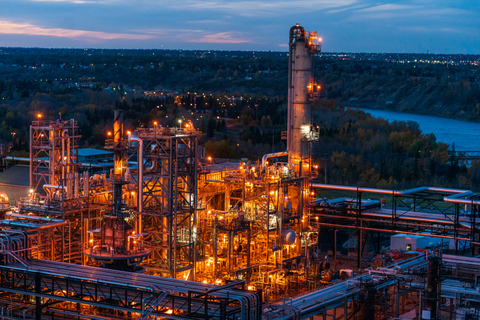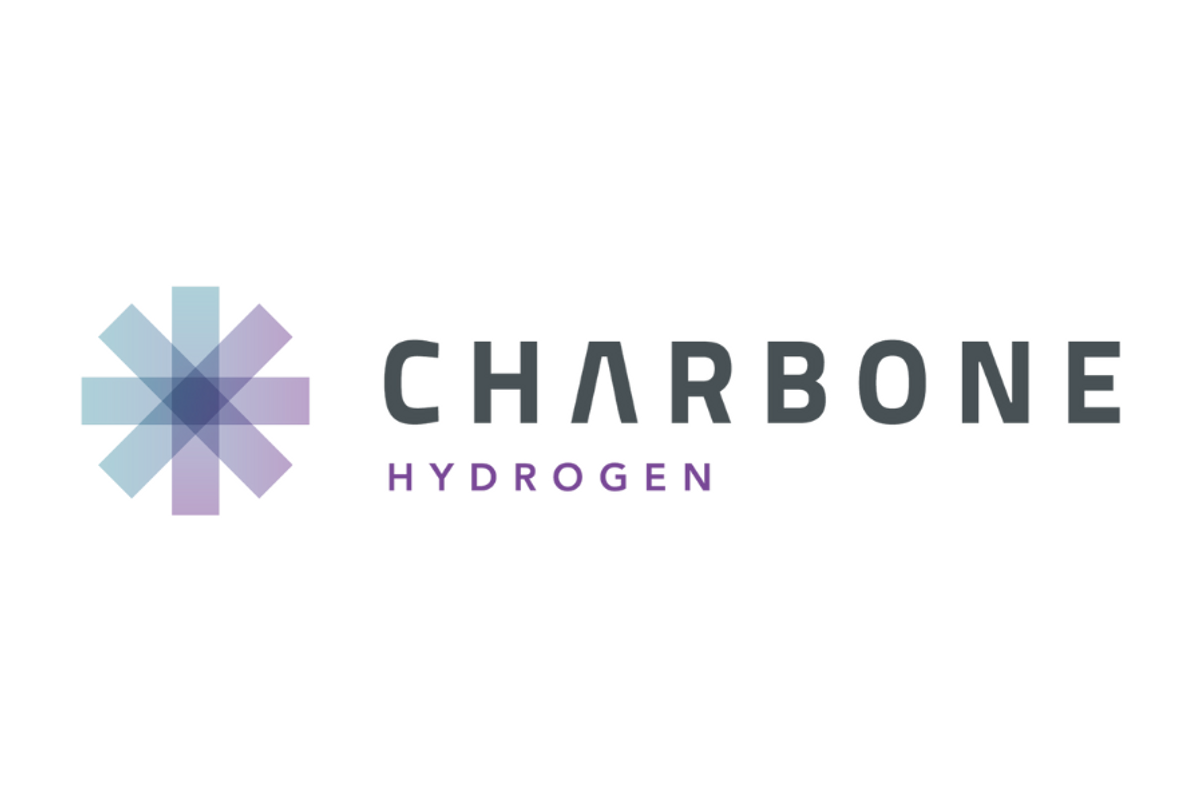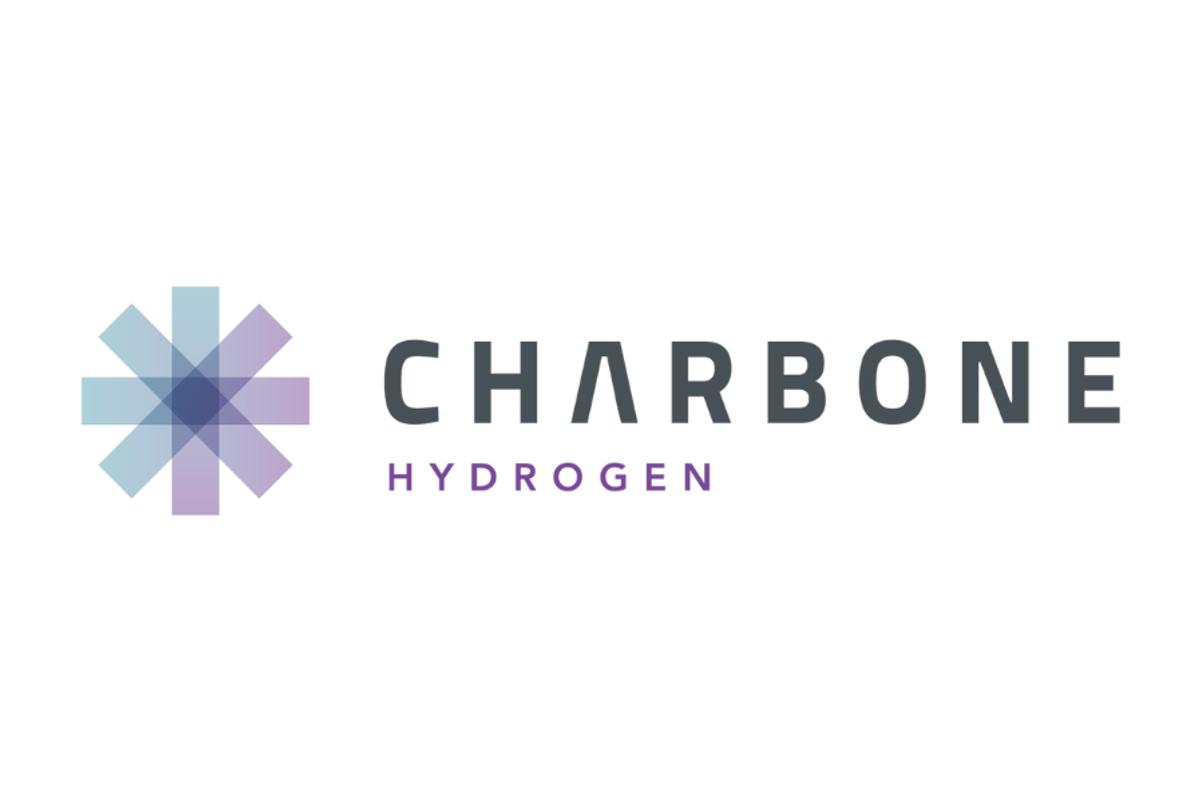- Facility expected to produce more than 1 billion litres per year, or 20,000 barrels per day, of renewable diesel
- Renewable diesel has potential to reduce annual greenhouse emissions by about 3 million tonnes compared to conventional fuels
- Project to supply British Columbia in support of province's plan to reduce greenhouse gas emissions
Imperial (TSE: IMO, NYSE American: IMO) said today it will further help Canada achieve its net zero goals by investing about $720 million (USD $560 million) to move forward with construction of the largest renewable diesel facility in the country. The project at Imperial's Strathcona refinery near Edmonton is expected to produce more than one billion litres of renewable diesel annually primarily from locally sourced feedstocks and could help reduce greenhouse gas emissions in the Canadian transportation sector by about 3 million metric tons per year, as determined in accordance with Canada's Clean Fuel Regulation. Regulatory approval for the project is expected in the near term.
This press release features multimedia. View the full release here: https://www.businesswire.com/news/home/20230126005262/en/

Strathcona refinery, Edmonton, AB 2021 (Photo: Business Wire)
"Imperial supports Canada's vision for a lower-emission future, and we are making strategic investments to reduce greenhouse gas emissions from our own operations and to help customers in vital sectors of the economy reduce their emissions," said Brad Corson, Imperial chairman, president and chief executive officer. "The investment at our Strathcona refinery will deliver immediate benefits to the local economy creating jobs and contributing to a lower-emission energy future for our employees, neighbours and communities."
The renewable diesel project was first announced in August 2021, with the Province of British Columbia supporting this project through a Part 3 Agreement under the BC low carbon fuel standard. A significant portion of the renewable diesel from Strathcona will be supplied to British Columbia in support of the province's plan to lower carbon emissions. Imperial also intends to use renewable diesel in operations as part of the company's emission reduction plans.
Imperial's renewable diesel facility will use low-carbon hydrogen produced with carbon capture and storage technology to help Canada meet low emission fuel standards. Imperial has entered into an agreement with Air Products for low-carbon hydrogen supply and is developing agreements with other third parties for biofeedstock supply. The low-carbon hydrogen and biofeedstock will be combined with a proprietary catalyst to produce premium lower-emission diesel fuel and will reduce greenhouse gas emissions relative to conventional fuels.
Site preparation and initial construction are underway. Renewable diesel production is expected to start in 2025. The project is expected to create about 600 direct construction jobs, along with hundreds more through investments by business partners.
After more than a century, Imperial continues to be an industry leader in applying technology and innovation to responsibly develop Canada's energy resources. As Canada's largest petroleum refiner, a major producer of crude oil, a key petrochemical producer and a leading fuels marketer from coast to coast, our company remains committed to high standards across all areas of our business.
Source: Imperial
Cautionary statement: Statements of future events or conditions in this release, including projections, targets, expectations, estimates, and business plans are forward-looking statements. Forward-looking statements in this release include, but are not limited to, the company's plans to construct a renewable diesel facility at Strathcona; references to the production of renewable diesel at Strathcona, including production estimates and projections, and expected sources of feedstock; the expected timing of regulatory approval; the availability of and use by the company of carbon capture and storage technology; the impact of the company's plans on Federal and Provincial low-carbon fuels standards and emissions targets; the company's projections regarding expected reductions in CO2 emissions in comparison to conventional fuels the company's expectations regarding job creation as a result of the project; the anticipated date for commencing renewable diesel production at the facility; the company's commitment to investing in projects that support sustainability and contribute to reducing emissions; and Strathcona's position amongst other renewable diesel complexes in North America.
Forward-looking statements are based on the company's current expectations, estimates, projections and assumptions at the time the statements are made. Actual future financial and operating results, including expectations and assumptions concerning refinery utilization, energy use and greenhouse gas emissions; demand growth and energy source, supply and demand mix; the adoption and impact of new facilities and technologies such as the renewable diesel facility and hydrogen produced with carbon capture and storage, including on reductions to greenhouse gas emissions intensity; the availability and cost of locally-sourced and grown feedstock; the supply of renewable diesel to British Columbia in connection with its low-carbon fuel legislation; applicable laws and government policies and actions, including with respect to climate change and low carbon fuel legislation; that any required support from policymakers and other stakeholders for various new technologies will be provided; performance of third party service providers; the company's ability to effectively execute on its project plans and operate the refinery and renewable diesel facility; the progression of COVID-19 and its impacts on Imperial's ability to operate its assets; the company's ability to effectively execute on its business continuity plans; general market conditions; commodity prices; and capital and environmental expenditures could differ materially depending on a number of factors. These factors include global, regional or local changes in supply and demand for oil, natural gas, and petroleum products and resulting price, differential and margin impacts; environmental regulation, including climate change and greenhouse gas regulation and changes to such regulation; failure or delay of supportive policy and market development for emerging lower emission energy technologies; the competitiveness of alternative energy and other emission reduction technologies; the receipt, in a timely manner, of regulatory and third-party approvals; availability and performance of third-party service providers; political or regulatory events, including changes in law or government policy such as actions in response to COVID-19; unanticipated technical or operational difficulties; management effectiveness and disaster response preparedness, including business continuity plans in response to COVID-19; unexpected technological developments; operational hazards and risks; cybersecurity incidents; general economic conditions; and other factors discussed in Item 1A risk factors and Item 7 management's discussion and analysis of financial condition and results of operations of Imperial's most recent annual report on Form 10-K and subsequent interim reports of Form 10-Q.
Forward-looking statements are not guarantees of future performance and involve a number of risks and uncertainties, some that are similar to other oil and gas companies and some that are unique to Imperial Oil Limited. Imperial's actual results may differ materially from those expressed or implied by its forward-looking statements and readers are cautioned not to place undue reliance on them. Imperial undertakes no obligation to update any forward-looking statements contained herein, except as required by applicable law.
View source version on businesswire.com: https://www.businesswire.com/news/home/20230126005262/en/
Investor relations
(587) 476-4743
Media relations
(587) 476-7010




